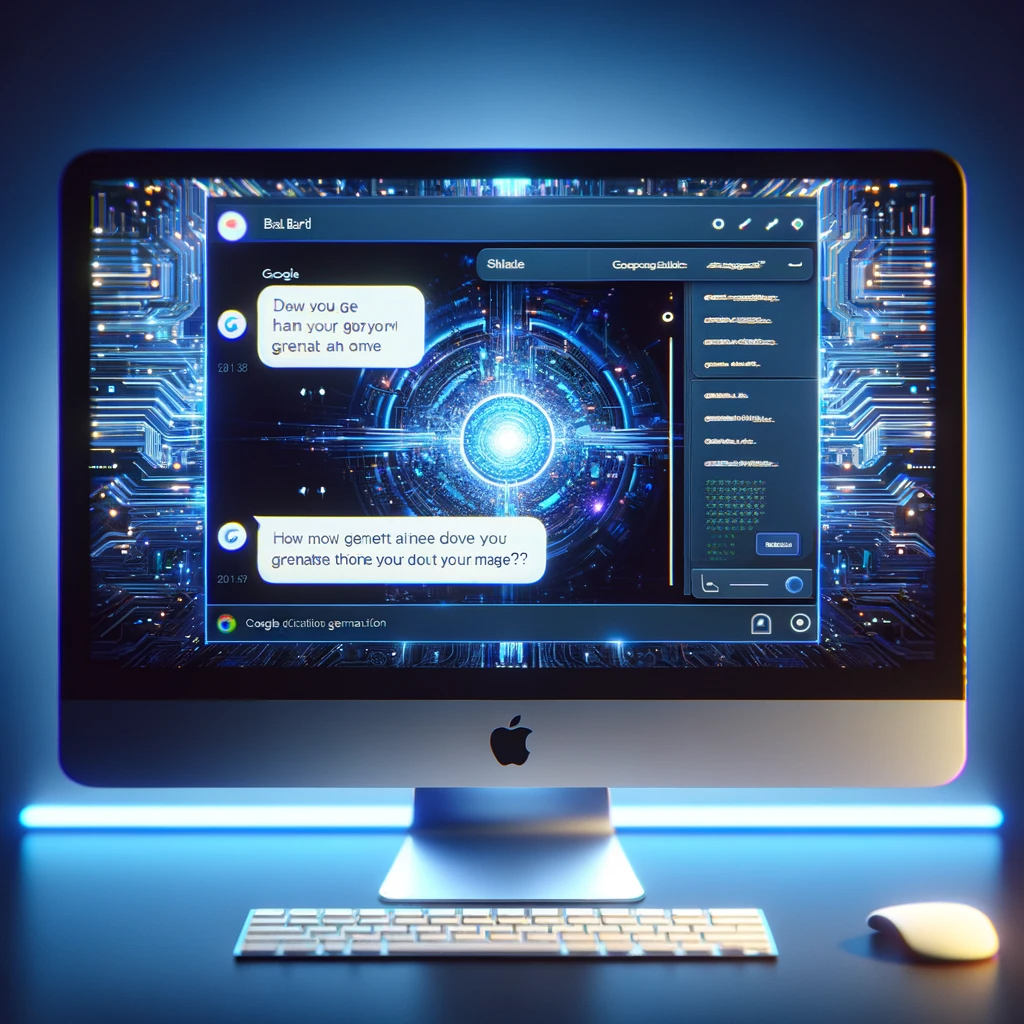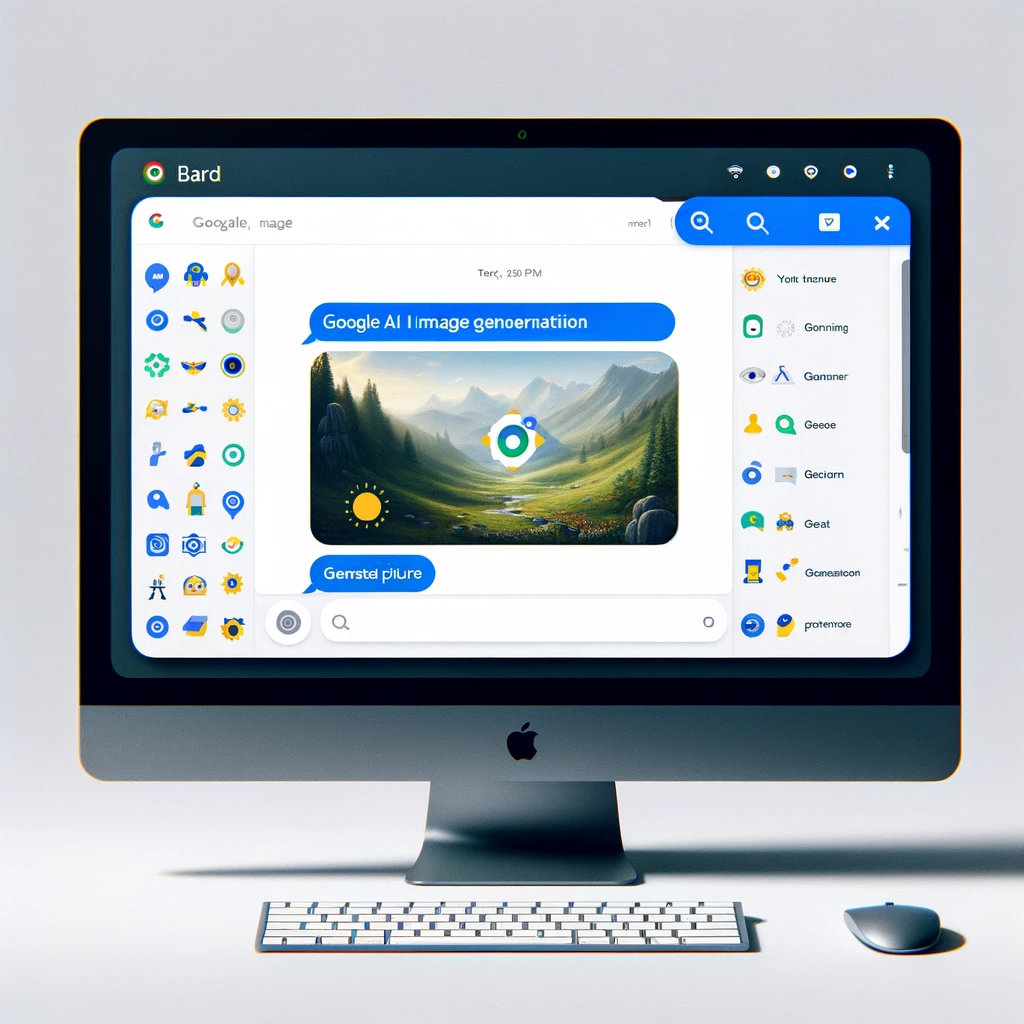Google’s recent unveiling of image generation capabilities in Bard, powered by the Imagen 2 text-to-image model, marks a significant leap in the world of AI-driven creativity. This feature, which aligns Bard alongside its contemporaries like OpenAI’s ChatGPT Plus, enriches the user experience by merging the power of language comprehension with visual creativity. As we delve into this advancement, it’s essential to understand not just the capabilities but also the ethical framework that Google has meticulously integrated into this feature.
The Genesis of Image Generation in Bard
Bard, initially celebrated for its prowess in language understanding and interaction, courtesy of Google’s Gemini Pro model, has now embraced the realm of visual creativity. The anticipation of image generation capabilities in Bard has been a topic of keen interest, with speculations originally pointing towards the more powerful Gemini Ultra model to spearhead this feature. However, with Gemini Ultra still under development, Google has adeptly leveraged the Imagen 2 model to introduce this functionality, ensuring Bard remains at the forefront of AI innovation.
Catching Up and Leading with Innovation
The introduction of AI image generation to Bard is seen as a strategic move to keep pace with, and possibly outshine, rivals such as ChatGPT Plus. While both platforms exhibit remarkable performance in text-based AI interactions, Bard’s initial lack of text-to-image features was perceived as a shortfall. By integrating Imagen 2, Bard not only catches up but also extends its capabilities to a broader audience by offering this service at no cost, unlike the subscription-based ChatGPT Plus.
Designed with Responsibility at its Core
In light of recent controversies surrounding AI-generated images, Google’s approach to introducing image generation in Bard has been cautious and deliberate. The company underscores its commitment to responsible AI practices by embedding a watermarking feature directly into the pixels of the generated images. This initiative aims to clearly mark images as AI-generated, fostering transparency and trust among users.
Moreover, Google has implemented robust technical and safety measures to navigate the ethical pitfalls associated with image generation. These guardrails are designed to prevent the creation of images depicting well-known individuals and to limit the generation of violent, offensive, or sexually explicit content. Such proactive measures reflect Google’s dedication to balancing innovation with ethical responsibility.
Expanding the Horizon with ImageFX
Google’s ambitions in AI-driven creativity extend beyond Bard with the introduction of ImageFX, an experimental photo tool also powered by Imagen 2. ImageFX invites users to explore the possibilities of generative AI through simple text prompts, with the generated images bearing the SynthID watermark. This initiative, part of Google Labs, complements Google’s suite of AI creation tools, including MusicFX and TextFX, further illustrating the company’s commitment to leading in AI innovation while adhering to its AI principles.
The rollout of image generation in Bard coincides with the platform’s significant language expansion. Now supporting over 40 languages and available in more than 230 countries, Bard has significantly broadened its reach. This expansion not only democratizes access to advanced AI capabilities but also enriches the user experience by embracing a diverse global audience. Languages such as Arabic, Bengali, Tamil, and Urdu are among the new additions, highlighting Google’s commitment to inclusivity.
The Future of AI Creativity and Responsibility
As we stand at the crossroads of AI innovation and ethical responsibility, Bard’s integration of image generation capabilities represents a pivotal moment in the journey of AI tools. Google’s approach, marked by a commitment to responsible innovation, sets a precedent for the industry, emphasizing the importance of safety, transparency, and inclusivity.
The introduction of image generation in Bard, coupled with the launch of ImageFX and the expansion of language support, signifies a new era of AI-driven creativity. These developments not only enhance the capabilities of Bard but also reflect Google’s broader vision for AI: to empower creativity, foster global inclusivity, and ensure the ethical use of technology.
As users explore the vast potential of Bard’s image generation and other AI tools, they do so with the assurance that Google remains steadfast in its commitment to advancing technology responsibly. The future of AI creativity is not just about pushing the boundaries of what’s possible; it’s about doing so in a way that respects and protects the interests of all stakeholders involved.
In conclusion, the evolution of Bard with image generation capabilities heralds a new chapter in the interaction between humans and AI. It’s a chapter defined not just by technological advancement but by a profound commitment to ethical responsibility and inclusivity. As we navigate this exciting landscape, the balance between innovation and responsibility will undoubtedly shape the future of AI, making it a journey as promising as it is responsible.




